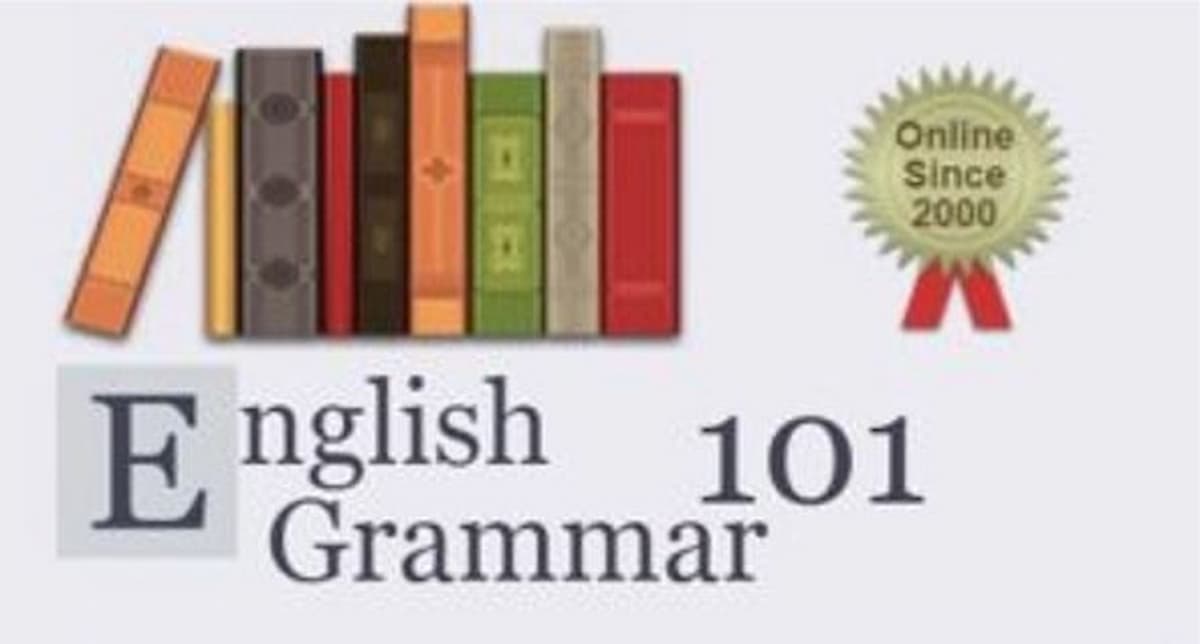
Whether we are beginning writers, seasoned writing instructors, or best-selling novelists, writer’s block is bound to plague us all at some point or another, and it is highly likely to show up in the middle school or high school classroom when students are journaling or beginning an essay.
No matter how structured or open-ended your assignments or writing prompts may be, or how many ideas or examples you offer your students, you will probably find a few of your students still staring off into the distance, unable to put pen to paper. “I don’t know what to write!” may be their initial response.
Let’s break down what may be happening when writer’s block occurs, and then let’s explore some universal steps that can be applied to any journaling or writing situation.
Merriam-Webster’s indicates that writer’s block is a psychological inhibition preventing a writer from proceeding with a piece of writing. While there can be numerous reasons, three common ones can stem from one or all of the following situations.
Problem: Difficulty Organizing Thoughts
If a writing assignment or journal topic is open-ended (“Write about something you are passionate about”), students may have a hard time organizing their thoughts and therefore find it difficult to narrow their focus. The overflow of ideas in their minds can be overwhelming such that they don’t know how or where to begin writing. In their minds, an intellectual “bottle-neck” occurs.
Solution: Listing Topics
Have your students begin by simply jotting down a list of ideas, line by line, as soon as the topic enters their head. Tell them not to worry about complete sentences; they just need to get their ideas on paper. This process of listing topics serves as a “release valve” of sorts by allowing the ideas to simply flow somewhere. Organization and choice can come later.
Problem: Inability to Select a Topic
“What topic do you think I should choose?” Sound familiar? You ask a student which topic they want to choose for their piece of writing, and this is the response you get. Many times students want to do what is “right” – and that’s a good thing – but sometimes it can paralyze and prevent them from choosing the topic in which they truly have an interest. When students choose topics that they think you like (over their own interests), their writing can become stilted and lifeless.
Solution: Discover a Passion
When students find a topic in which they truly have an interest or feel the most passionate about, their writing becomes authentic, and their voice in writing shines through. That being said, sometimes the “best” topic (one with a narrowed focus or with solid supporting examples) and their interests don’t quite align, but if you can help them narrow down their selections so they can choose among their favorites, you’ll set them up for success. Many times, a persuasive and authentic voice can help to counter-balance a weaker topic choice.
Problem: Not Knowing Where to Begin
“Where do I start?” you may hear your students ask. There’s nothing more fearful to a student than a blank page staring him directly in the face, and the sheer thought of committing words to paper can be daunting. Some even fear that their piece needs to be perfect in its first draft stage, and this alone can prevent students from beginning the task. Help students overcome this fear of commitment by providing them some guidance.
Solution: Start at Different Places
If it’s a narrative, tell your students to start at beginning, start in middle, and/or start at the end. Narrative pieces tend to be more interesting with a beginning “in medias res.” If it’s argumentative, tell them to start by writing about their strongest piece of evidence. This will help students develop some momentum and some confidence, and many times, one topic – once developed – will unearth additional pieces of evidence on which a student may write. If the writing piece is analytical, encourage your students to start at the end. Doing this can help a student reveal exactly what it is she is trying to prove, and this “thesis,” if you will, can help lay the groundwork for the rest of the essay.
Writer’s block doesn’t discriminate; it affects all ages and all experience levels of writers, but with a little understanding of what the root causes may be and a few techniques in hand to dispel their effects, you’ll have your students writing in no time.
Read More

English Grammar 101 Alternatives

When You Ask for Analysis but You Get Summary Instead

Establishing Confident Writers Through Creativity and Self-Expression

Brainstorming Through Writer’s Block

Four Steps to Teaching Your Students Adverbs

How to Fire Your Internal Critic

What Just 10 Minutes of Daily Journaling Can Do for Student Writing


